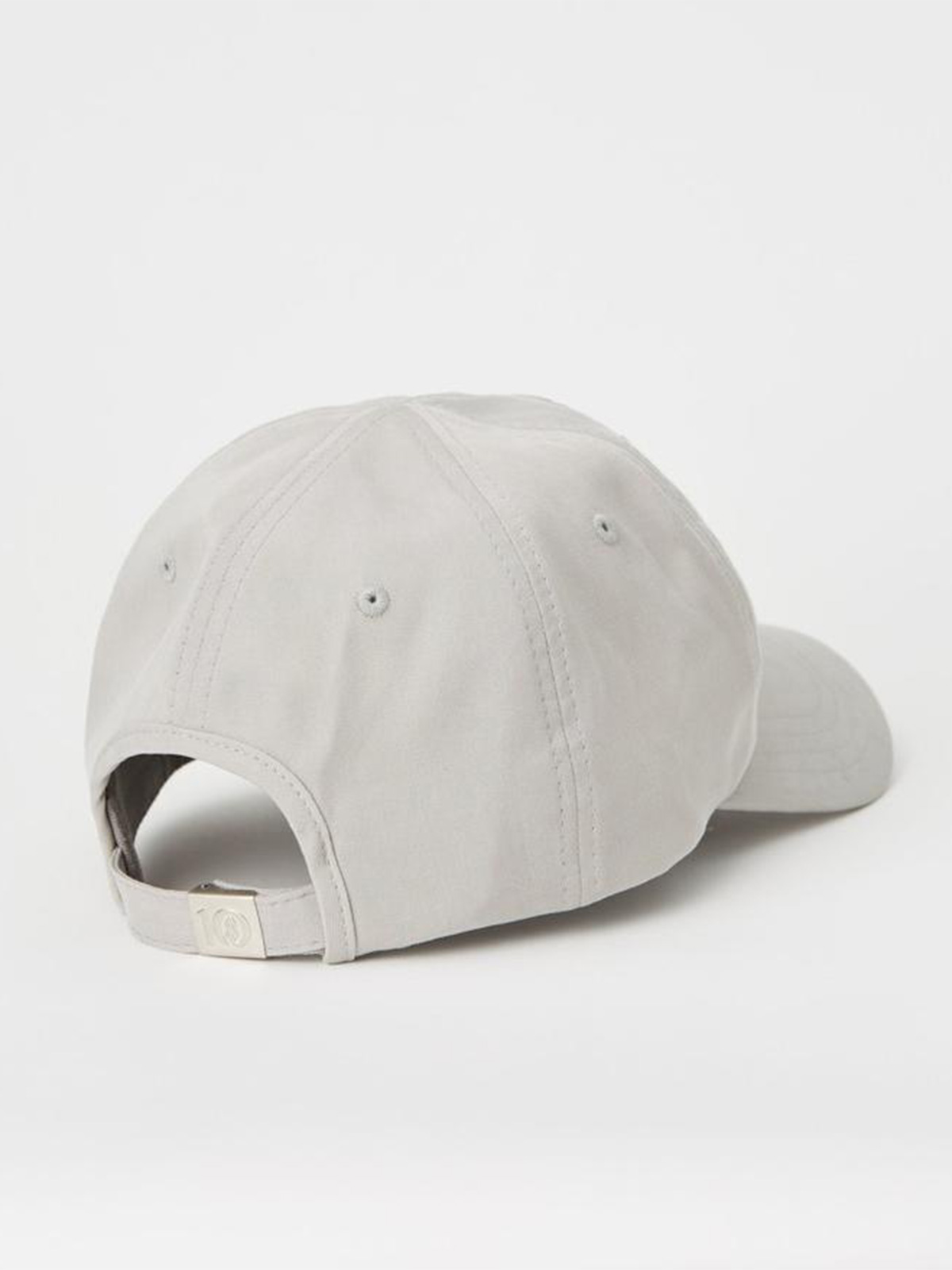Good On You is the world’s leading platform that rates fashion and beauty brands on their environmental and human rights track records. And importantly, our brand rating system and team of expert analysts only consider publicly available information. Why? Transparency and accountability are the short answers. Read on to find out more.
There’s no way to track progress without transparency
Transparency is an important step to securing a better future for the fashion and beauty industries, because being as open as possible about what’s going on behind the scenes—including the extent to which important sustainability issues are being addressed—means that anyone can understand brands’ actions and hold them accountable.
Consumers have a right to know how a brand impacts the issues they care about, and it’s the reason why using only publicly available information is at the core of our methodology for rating brands on three key pillars—people, the planet, and animals.
By rating brands across up to 1,000 publicly available data points, we’re uncovering the companies that, on one end of the spectrum, do harm or don’t do enough, and on the other are showing how the industry can do better. When we give brands our two lowest ratings—”We Avoid” and “Not Good Enough”, we’re not just calling them out, we’re driving them to improve. And by consistently rating and reviewing brands, we’re motivating them to rule out harmful practices and empowering consumers to make choices with the most up-to-date information.
Gordon Renouf, CEO of Good On You says: “It should be as easy to understand how a product or brand impacts on the sustainability issues that are important to you as it is to know the price or features of a product.”
Holding brands accountable for their impact
Many consumers have been shocked to discover the impacts of a brand they shop from, such as the toxic chemicals workers are exposed to during viscose production, the use of monkey labour in coconut harvesting for beauty product ingredients, or the deadly working conditions that led to the Rana Plaza tragedy. If no one is calling for brands to share information on issues like chemical usage and garment worker safety, then it’s impossible to hold them accountable for any damage done. Equally, we want to celebrate brands that are taking positive steps, and we can only do that if the information and evidence is shared publicly.
We expect brands to fully, accurately, and consistently report on their practices to help transform fashion and beauty for the better and shape regulation around critical issues, which can often involve sharing details of codes of conduct, accords they have joined or certifications they have received.
Unfortunately, there is still a long way to go in moving to a place where publicly available information is the norm in the fashion and beauty industries. 0 of 40 of the most profitable fashion brands received our “Great” rating, which demonstrates a complete lack of transparency and leadership from the industry’s biggest players.
Of more than 6,000 rated fashion brands in Good On You’s directory, we found that 61% of large brands don’t disclose information about their water management, while 54% don’t share anything about their chemical usage. The situation is slightly better for environmental issues, but there’s still room for improvement—18% of large brands still do not publish details of their policies, and for small brands, that figure stands at 24%.
We expect brands to fully, accurately, and consistently report on their practices to help transform the fashion industry for the better
Another issue is highlighted by the fact that 81% of large fashion brands with greenhouse gas emissions targets don’t state whether they are on track to meet them. Disclosure shouldn’t stop at publishing targets and policies, and to truly hold brands accountable, we need to see regularly reported information about how close they are—or aren’t—to reaching these goals.
Among several disappointing statistics from the 2023 Fashion Transparency Index are the findings that just 1% of major fashion brands disclose the number of workers in their supply chains who are paid a living wage, and that only 7% of major brands publish test results for hazardous chemicals in their suppliers’ wastewater.
Publishing sustainability information isn’t without its obstacles for brands, as Good On You’s ratings analyst Jessica Ouano explains. “Some large brands [have] mentioned to us that they aren’t disclosing information on all their sustainability initiatives because they need approvals internally to disclose everything. I understand that can make it more challenging,” she says.
“Despite that, we strongly believe that it is important for brands to be transparent since it encourages accountability. It also allows consumers and stakeholders connected to a brand to call them out when the information they do share about their initiatives is misleading or incorrect. I would think that is one of the reasons why larger brands are more careful with disclosing information.”

Small brands can rarely share the same information as large ones
It is undoubtedly more difficult for small brands to harness the levels of insight and influence over their sustainability issues than it is for large brands, which often have more finances, connections, and resources to aid reporting. We consider this in our ratings methodology, which distinguishes large and small brands according to the European Commission’s definition using the brand’s (or its parent company’s) annual turnover. As such, we rate large brands differently to small ones to account for the limitations and nuances that many small brands face, and the expectation that large companies should publish more in-depth information—particularly on policies and targets.
We also offer guidance on better sustainability communication for small businesses if they are concerned about their rating. Mostly, this comes down to being current, specific and honest in the information they publish, and in addressing the issues with the biggest impact first.
What if a brand isn’t doing enough, or isn’t publishing any data?
It’s better for a brand to explain where it is falling short rather than gloss over it and potentially mislead shoppers into believing that action is being taken behind the scenes.
If our ratings analysts find that a brand isn’t publishing any information on its practices, then we highlight that in our directory and app to help you understand when brands simply aren’t being transparent or detailed about their actions.
Ultimately, our mission is to encourage the industry to improve its practices and disclose them, so we are working towards a process that lets brands know we’re preparing to rate them. We’ll also give an indication as to what kind of disclosure and practices we’ll be looking for across our three pillars—people, the planet, and animals so they are able to make any information public that they do have.
We need greater transparency to tackle greenwashing
Greenwashing happens when brands hide the truth about their practices and don’t give specifics, instead offering a few sentences or sweeping statements on their general commitment to sustainability. If they aren’t challenged on that or pushed to do better then nothing changes, and the industry doesn’t move towards a more positive future where brands are taking real and effective action to minimise their impacts.
And then there is so-called greenhushing—a move from some brands to say nothing at all about their impacts in an effort to avoid being called out for not doing enough, accused of greenwashing, or falling foul of the increasing sustainability regulations from governing bodies around the world.
But removing all publicly available sustainability information isn’t the answer—in fact, it’s a huge step backwards for the industry as a whole. Sandra Capponi, Good On You’s co-founder, says: “Full transparency may not be easy for an industry with complex supply chains, but it’s really the bare minimum we should expect. Consistency in data and disclosure is critical to consumers’ ability to make informed decisions.”
That’s why we’ll never compromise on only using data in our ratings process that brands make available for all to see, and we’ll keep pushing them to be as comprehensive as possible in their disclosure.



















